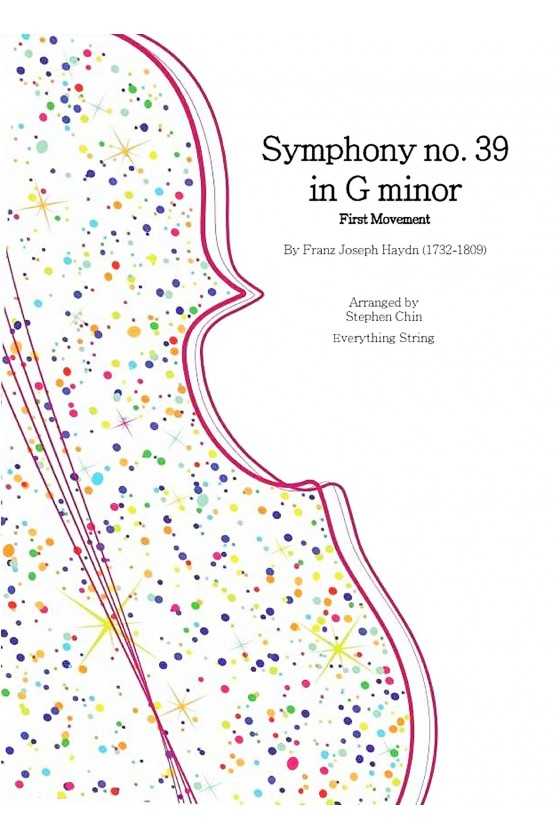Pagodas by the Heavenly Lake by Stephen Chin
The breathtaking Heavenly Lake lies in the majestic Tianshan Mountain range in Xinjiang Province, China. The lake is steeped in myths and legends, with one storytelling of a goddess who once bathed in its pristine waters. It is said that she bravely fought and vanquished a troublesome demon by using a hairpin to stab it, which then miraculously transformed into a magnificent elm tree on the lake's shore.
Experience the magic of the Heavenly Lake through a mesmerizing musical composition that features pentatonic melodies, lush harmonies, bracing rhythms, and intricately woven textures. This playable piece is not only a joy to rehearse but also a treat for the senses when listened to.
For String Orchestra (Grade 2)
1. Mirrors of Water
2. Urns of Fir











